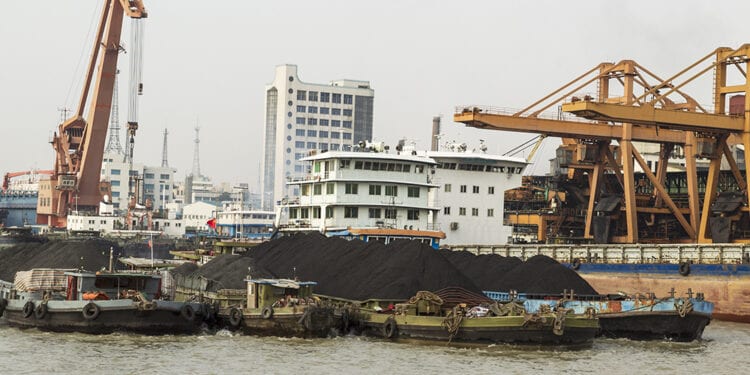Heightened trade tensions between China and the U.S. have put a spotlight on access to rare earths and highlighted the need for national governments to develop plans to grow their own domestic rare earths industries. As crucial elements in advanced technologies such as weaponry, consumer electronics, aerospace, electric vehicles, wind turbines, and more, the rare earths have increasingly been in the headlines over the past few years as the strategic qualities of these metals become more recognized.
Governments in the U.S., Canada, Australia, and the EU have all made moves to wean themselves off Chinese supply of rare earths. On September 1, 2020, the “Reclaiming American Rare Earths (RARE) Act was brought to the U.S House seeking to reduce the country’s dependence on China for supply by establishing tax incentives for the domestic production of rare earth minerals. In response to the new bill Pini Althaus, CEO of USA Rare Earth said “the tax incentive seeks to level the playing field with regard to the subsidies China provides from mine to magnet. It would significantly improve the bottom line of any domestic rare earth project.” Likewise, Jim Litinsky, incoming CEO for MP Materials which is currently the only miner in the U.S. for these minerals, noted that this legislation “lowers the cost of capital, which is the goal because China has lowered the cost of capital for their sector, and our sector needs to be able to compete.”
Similarly this week in Canada we saw the announcement of $31 million CAD in funding as part of a drive to spur Canadian industry in rare earths. The funding was awarded to the Saskatchewan Research Council (SRC), to build a commercial demonstration plant that is expected to be running by 2022. The SRC has been working for the past decade on a pilot plant for the extraction of rare earths and has been working in advising juniors on mining and extraction projects nationally.
Ryan Castilloux, Managing Director at Adamas Intelligence sees the potential for Canada’s new facilities, but notes that North America overall is lacking in rare earths capacity to actually “take oxides and convert them to metals and alloys and magnets.” And it is these critical steps that will still be dominated by countries like China in the near term.
The metals and mining industry are facing increasing pressure for greater transparency on the sourcing of materials, supply chains, environmental impacts, labour, health and safety risks, and more. The Canadian option, outlined by the SRC, is a step in the right direction, addressing some of these concerns with an extraction process which reduces water waste and use, and they’re hoping that buyers are incentivized by this more sustainable option. While the push for green and responsible metals has not yet translated into broad buying habits, those at the forefront of the rare earths industries in North America, Australia, and the EU are well placed to benefit from the growing demand for transparency and sustainability in metals and mining.
Sourced from S&P











